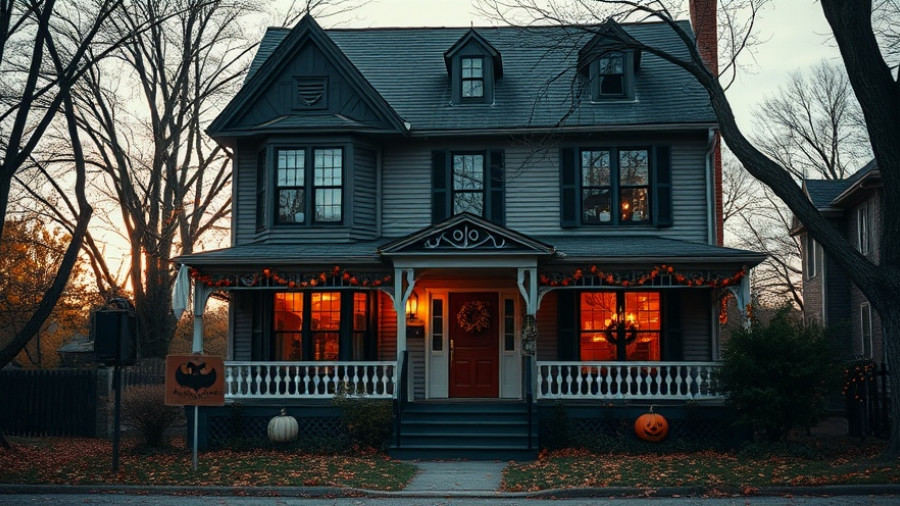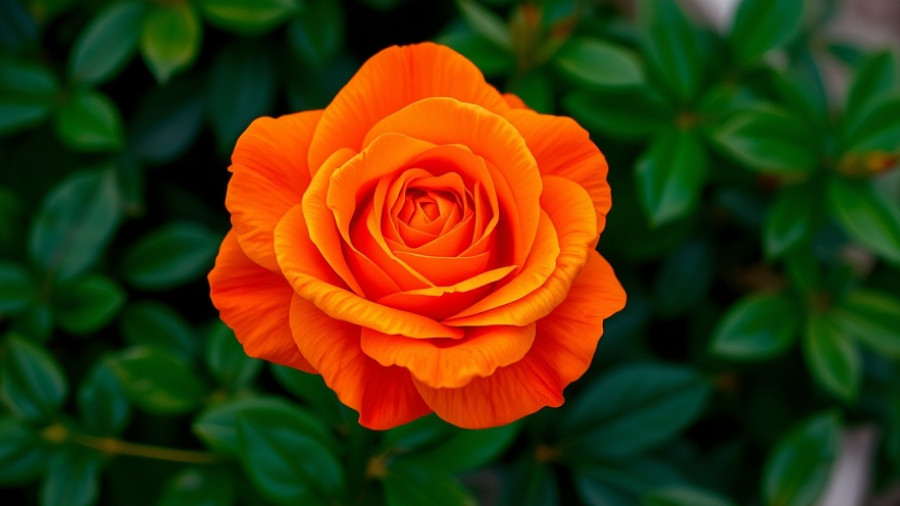
Create a Relaxing Retreat with Thoughtful Landscaping
Transforming your spool pool area requires more than just a beautiful pool; it’s about creating a sanctuary for relaxation and enjoyment. Landscaping plays a pivotal role in enhancing this experience, allowing you to customize your outdoor oasis. With strategic design choices like bold tropical plants, soothing water features, and smart landscaping techniques, your space can radiate tranquility and function effectively all year round.
Elevate Your Outdoor Space with Water Features
Imagine the gentle sound of water cascading into your spool pool, creating an ambiance that invites relaxation. Water features are not only visually striking but they also contribute to the muted background noise, allowing you to escape from the hustle and bustle of daily life. You can consider various options, such as a magnificent waterfall trickling into your pool or a chic bubbling urn feature making for an inviting atmosphere. According to the experts at Michigan State University, these water additions can also help cool the surrounding air, making them a perfect choice for warm summer days.
Overlaying Nature: Crafting Your Tropical Paradise
Surrounding your spool pool with lush tropical plants brings an instant resort vibe to your backyard. Imagine towering palms that sway gently in the breeze, creating a serene environment. Adding a mixture of ferns, hibiscus, and vibrant foliage allows you to soften the harsh lines of your pool while creating an illusion of a tropical paradise, right in your backyard. This strategy not only enhances the aesthetics of your space but also serves a practical purpose: providing shade and privacy from prying eyes.
Low-Maintenance Choices: Gravel and Pebbles
If you're seeking beautiful landscaping that minimizes upkeep, consider using gravel and pebbles. Have a flat surface beneath the water's edge that seamlessly blends into your surroundings — framing your spool pool with these elements can create stunning contrast without the frequent demands of traditional garden beds. This option is particularly appealing for homeowners looking for low-maintenance but visually striking designs.
Lighting: Illuminating Your Backyard Oasis
A well-planned lighting scheme can transform your spool pool into a fairy-tale retreat. The right lighting creates mood and safety, extending the usability of your space into the evening hours. From underwater LED lights that add a splash of color to subtle garden lighting that highlights your landscaping features, exploring options like solar-powered lanterns or string lights can make your space enchanting and welcoming after sundown.
Designing with Purpose: A Layered Approach
Successful landscaping is all about layering – combining different elements in a way that not only pleases the eye but also transitions smoothly from one aspect to another. Consider the height of the foliage, placement of hardscape features, and the use of color. An expertly designed landscape that plays with various textures and harmonious color schemes can elevate the overall appearance of your outdoor space, making your spool pool area feel well thought out and luxurious.
The Impact of Landscaping on Property Value
Investing time and resources into your backyard not only enhances your personal enjoyment but also has tangible benefits, such as increasing your home’s value. As potential buyers often perceive attractive landscaping as a reflection of property care, these thoughtfully integrated features could significantly boost market appeal. It’s not just about aesthetics; it’s also about longer-term investment returns.
By incorporating these landscaping ideas into your spool pool design, you can create an inviting environment that enhances your outdoor enjoyment for many seasons to come. Every detail matters — from the soothing sound of water to the touch of greenery. So why wait? Start planning your backyard transformation today and unlock the potential of your space.
If you’re ready to elevate your outdoor living experience, connect with experts to discuss your landscaping options today!
 Add Row
Add Row  Add
Add 




Write A Comment